The surroundings of Heřmanovice
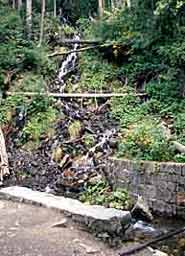
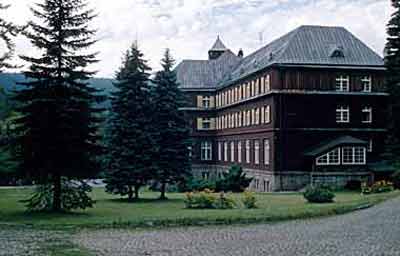
Not only the village but also its surroundings can offer to the visitors a lot to discover and to see. Besides the folk, urban, religious and castle architecture it boasts of scenic beauty. It is near to the well-known spa resort Karlova Studánka and to the waterfalls of Bílá Opava as well as to the high summits of the whole Jeseníky mountains - Ovčárna and Praděd (a reserve).

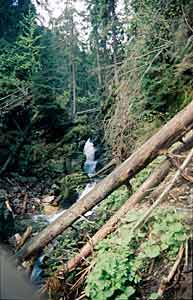
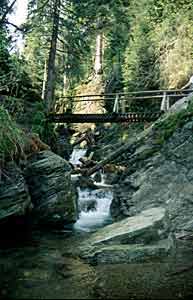
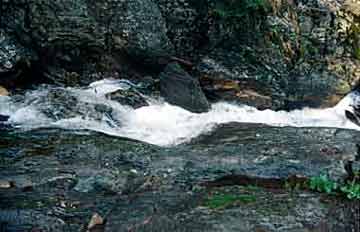
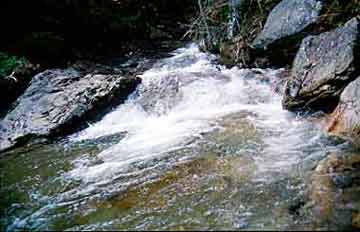

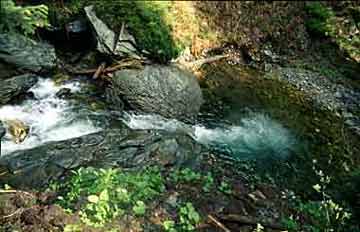
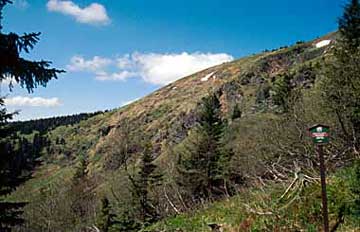
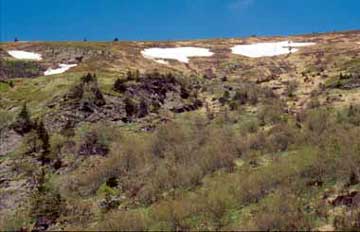
Zlaté Hory is the nearest town which represents an urban landmark zone with burgher houses in the square. They have renaissance and baroque cores and after frequent fires have been decorated in the empire style. The building of the former post office, today the residence of the mining museum, represents an example of Silesian baroque. Among the other sights that are also worth noting belong: Parochial church of the Ascension of Virgin Mary (Nanebevzetí Panny Marie), the hospital church St. Cross (Kostel Svatého Kříže) and the chapel St. Roch standing on the hill above the city, where battles between Austrian and Prussian armies took place between 1759 and 1779.
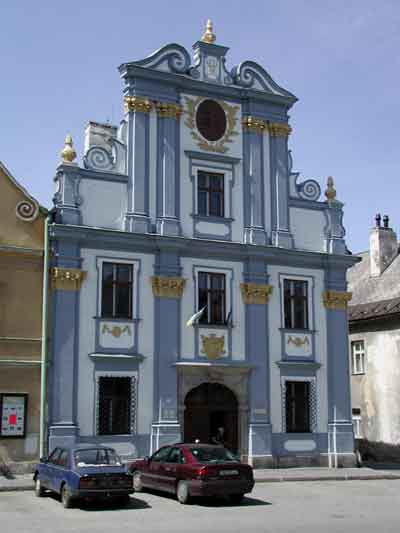
Since 1898 the city has been dominated by a 19 metres high lookout tower from which there is a beautiful view. The lookout tower stands on a 890 metres high hill Biskupská kupa. There is a ruin of a little guard castle Leuchtenštejn on the western flank of the hill.


There is a rebuilt Church of the Helpful Virgin Mary (Kostel Panny Marie Pomocné) near the highway to Heřmanovice, on the eastern flank of Příčný vrch. The original temple built in 1841 was shot in 1973. There are 14 chapels on the way to the Church. The ruin of Edelštejn, which used to be one of the biggest Silesian castles, is situated not far away from the church.


A mining educational path starting in Zlaté Hory and leading on to Příčný vrch and Táborské skály connects two workings, which were important in the past but now are derelict. Medieval delved mining chambers 30 metres deep are also remarkable.
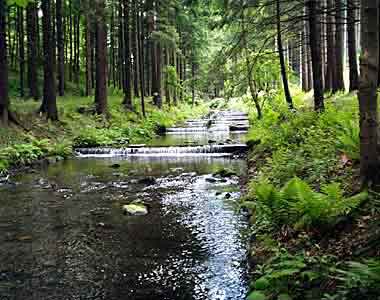
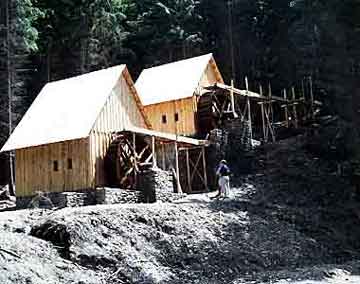

The mining history is also reminded by newly built replicas of medieval ore mills on the little river Olešnice near to the highway to Dolní Údolí.
In the neighbouring Horní Údolí (Upper Valley) we can see, besides several well preserved wooden houses, a church of John the Baptist (Kostel Jana Křtitele) in the style of Gothic Revival. Its interior is, as well as the local cemetery, decorated with works of Kutzer's family - a well-known family of sculptors, who lived here in the 19th century.
Nothing more than foundation has remained from the church of St Martha (Kostel svaté Marty). In the forest above the remnants there is a memorial that reminds us of a mining accident which caused death of 11 miners in 1577.
The castle ruin Koberštejn can be reached from Heřmanovice by bike or just on foot.
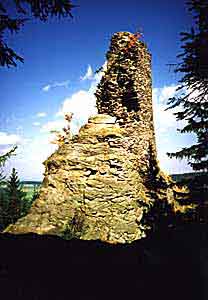

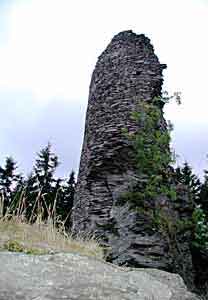
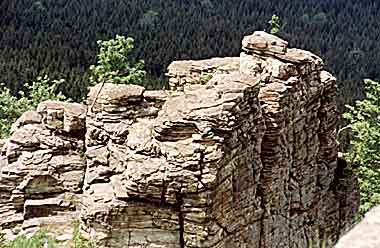
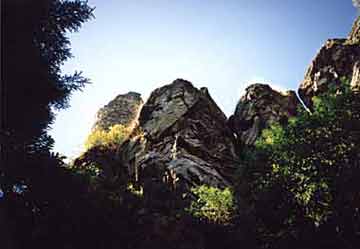
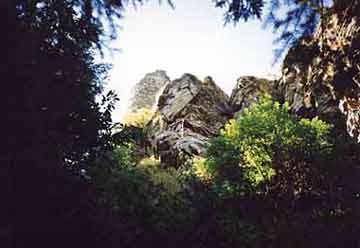

The area of Zlaté Hory also comprises Rejvíz (790), which is the highest situated settlement in Silesia and where a church with an altar by Bernard Kutzer and Pension Rejvíz (Noskova chata) can be seen. Noskova chata is well-known for its interior, particularly by its carved chairs, which depict the regular guests of the place at that time. From the natural history point of view, the national reserve Rejvíz with the largest peatery (the Small and the Big Mossy Lake) in Moravia and Silesia, is the most interesting place. The big lake is accessible by a wooden footpath and on the way visitors can see many precious plants and flowers, such as a sundew, cotton-grass, fen-berry or a pitch pine.

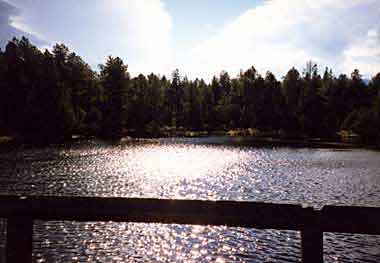
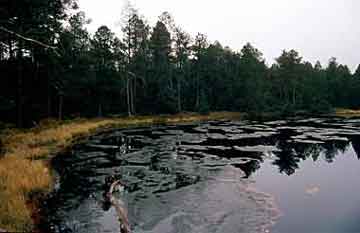
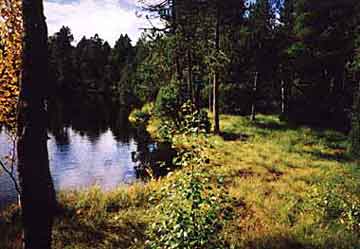

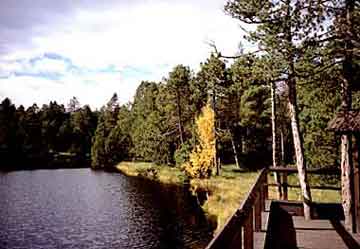
Jeseník lies to the west. It is a town with a water stronghold (today a museum) and a spa resort (Priessnitzovo sanatorium), which are dominated by a 26 metres high lookout tower Zlatý Chlum from 1899.
Numerous sights of folk architecture have been preserved in Spálené, Komora, Holčovice and Hynčice.
Cycle tourists can use signposted bicycle routes of Vrbno and Zlaté Hory or a Czech-Polish path Opavice along the border. Thus they can, often by local roads, get to Krnov, Zlaté Hory, through Drakov to Rejvíz or along Černá Opavice to Vrbno p. Pradědem.
